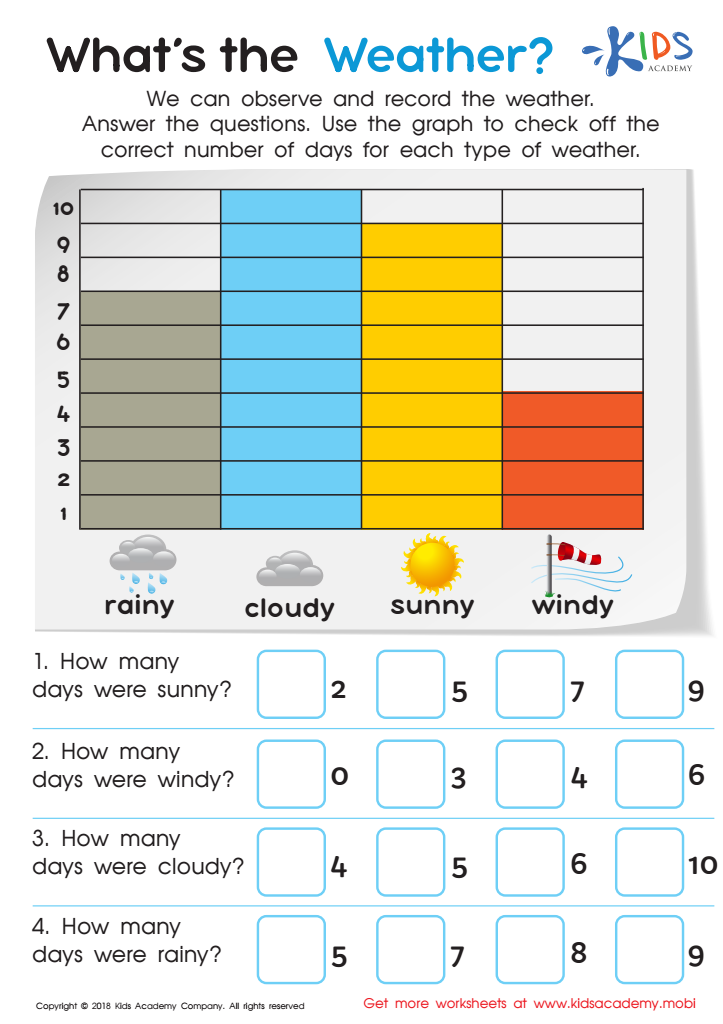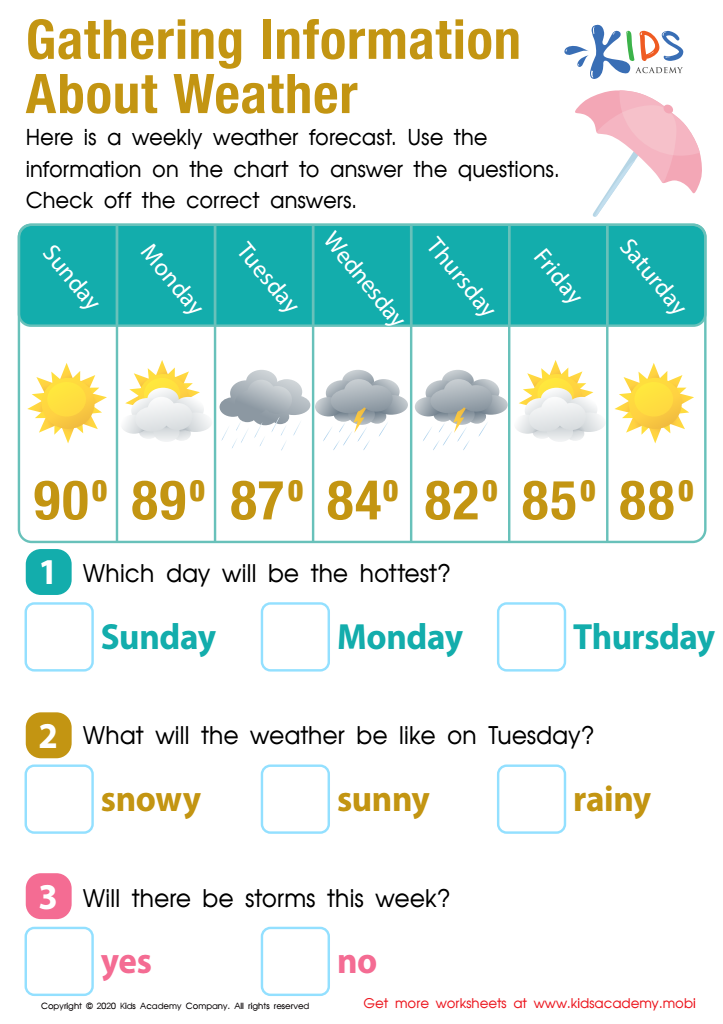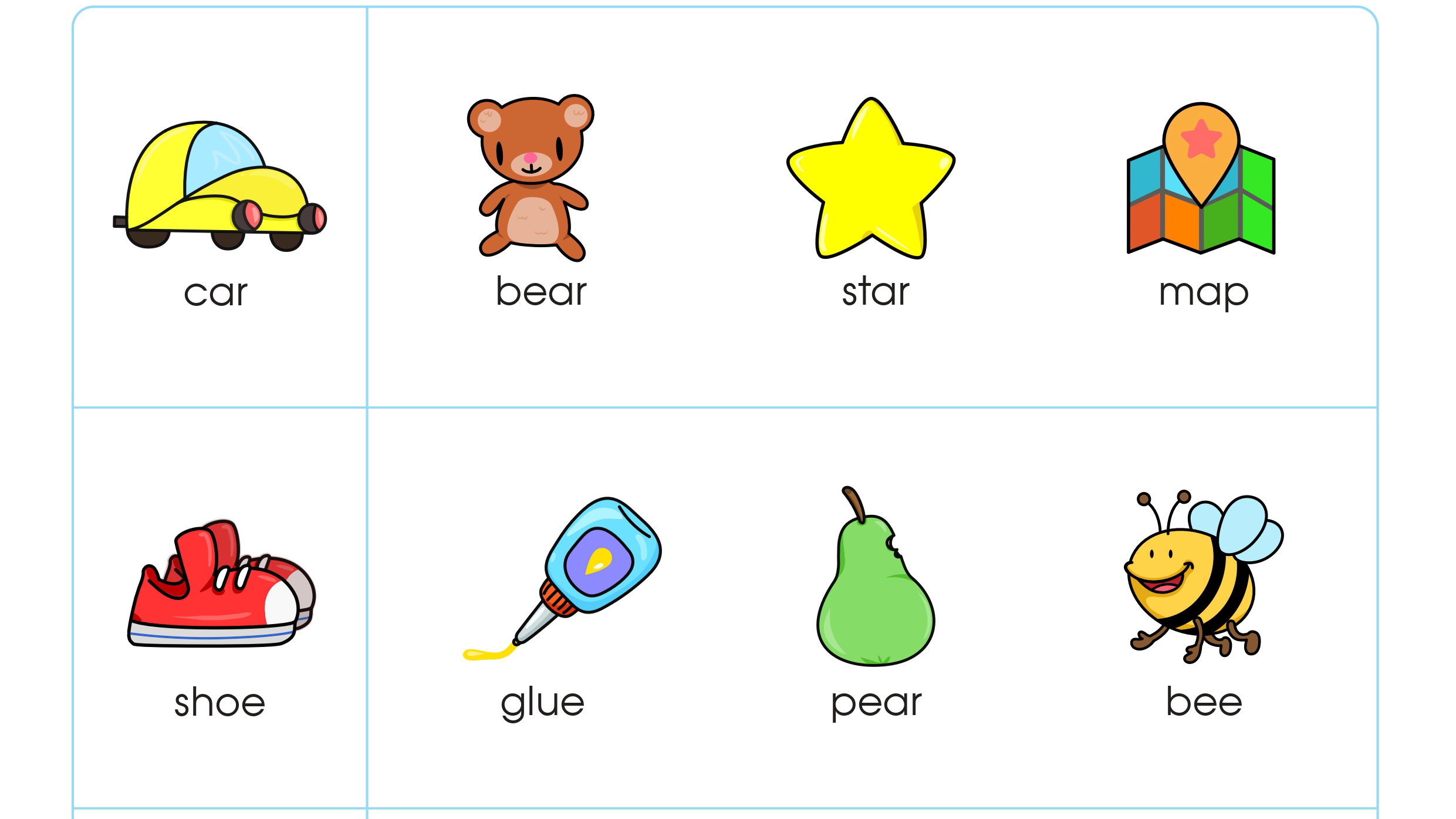Crafting Balance: Innovative Homework Solutions to Aid in Minimizing Screen Time
April 9, 2024
As technology becomes more integrated into the classroom, a growing concern of parents and educators alike is the increasing amount of time children spend in front of screens. Not only do students use technology in most assignments they complete in the classroom, homework is more often than not, digital as well. And while there are benefits of digital homework, in the end it is not adding to the problem of excessive screen time. Parents and educators can leverage homework as a tool to reduce screen time and implement some strategies to combat potential impacts of increased screen time as well as:
- Promote a balanced lifestyle.
- Foster independent learning skills.
- Improve time management and organizational skills
- Enhance social and emotional well being

As an educator, it can take some creativity to make sure homework is engaging while also effective. It is very easy to want to resort to assigning a digital activity. They can be engaging, readily available, and easier to reach all levels of learners. However, at-home assignments can be strategically and easily designed to decrease screen time and still engage the learner.
- Promote non-digital activities. Easiest way to reduce screen time is to take a step away from the devices. Encourage homework assignments that don’t involve a device at all. Children could be assigned to read a set amount of pages in a comic book. After reading, have them add to the comic by drawing out what they feel should come next in the story.
- Encourage reflective learning. Assign homework that prompts students to think deeply and use their critical thinking skills without using a digital resource. You can assign your students a book that aligns to the current content and ask the m to log their thoughts as they read. Or you can task them with having a nature journal where every week they will be assigned to document changes in the weather around them, or animals they notice in their environments. You can print out some of Kids Academy's NGSS-aligned weather worksheets to help children explore this task.


- Pair digital homework with physical activities. When you add in a physical aspect, students aren’t sedentary. For example, students could go on a scavenger hunt for living and non-living things at home and record their findings with their device.
- Add a writing prompt. Writing enhances learning and helps with retaining new information. You can create a writing prompt for any activity. If you assigned students to watch a video on habitats. You could assign a prompt that states which habitat would you live in for a month? List three reasons you heard in a video. Draw a picture when you are finished.
Just as there are many benefits of giving homework, especially non-digital homework, there are potential limitations of assigning any type of homework. When educators are planning these limits should be taken into consideration.
- Equity and access. Some students may not have the resources to complete any type of homework. They may not have environments they can observe, access to books to read at home or even a pencil to take notes. Teachers can create a time in the classroom that students can work on whatever they need to, such as when they finish an assignment early, to help those who may not have the access.
- Overburdening the students. Too much homework, even with its intention of reducing screen time, can burn out students. It takes away from their free time which could in turn push them towards more time with devices. Setting break times while doing the homework and recognizing when to take a step back is a good way to make sure students are not overburdened.
- Poor quality homework. If the assignments are not targeted or fail to engage the students, this leads to a minimal impact on learning outcomes.It may not encourage the students to step away from tier screens. It’s good to remember that homework is a time to practice and refine the skill, not to learn a new skill and differentiate homework in ways stated in the above section.
In addition to differentiating the types of assignments given, there are also a few strategies that can be used at home and in the classroom to help ensure screen time is reduced while doing homework.
- Create a distraction free environment. Make a designated area that is for homework only and is free of devices.
- Model balanced screen time. Children often emulate the behaviors they see. If your child is having a device free homework session, join them by putting your devices as well and grab a book.
- Set a time limit. If there is technology needed in homework, set a timer for how they have to use the device, if needed finish the activity the next day.
- Educate students about screen time. Let students know the benefits if a balanced lifestyle as well the risk of excessive screen use.
Being in the classroom, I understand the many benefits of using technology. But I also see how important it is to use many different tools when trying to teach a child holistically. It can and has personally become a welcomed challenge to see the many different things I can create to help aid in reducing screen time for the students. The goal is to leverage homework as a tool for growth, learning, and well-being, rather than an extension of screen time. By taking an approach that differentiates assignments and creates an environment that instills balanced lifestyles, we can help students practice disconnecting and prepare them for a future where they can thrive both online and offline.





.jpg)




